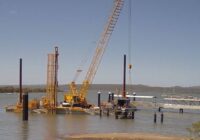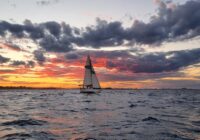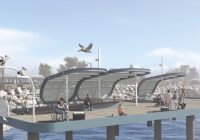Researchers are working to document the variety of natural wonders around the volcanic islands of Tonga, with the objective of achieving lasting conservation protections on land and sea.
Dr Patrick Smallhorn-West is working with the Tongan Ministry of Fisheries to delve deep into the unique biome of Tonga’s volcanic islands, aiming to gather sufficient data to secure UNESCO World Heritage listing for the islands and protect them for future generations. These volcanic islands shocked the world in 2022 with the eruption of Hunga Tonga – Hunga Ha’apai, the largest volcanic eruption on Earth in a century.
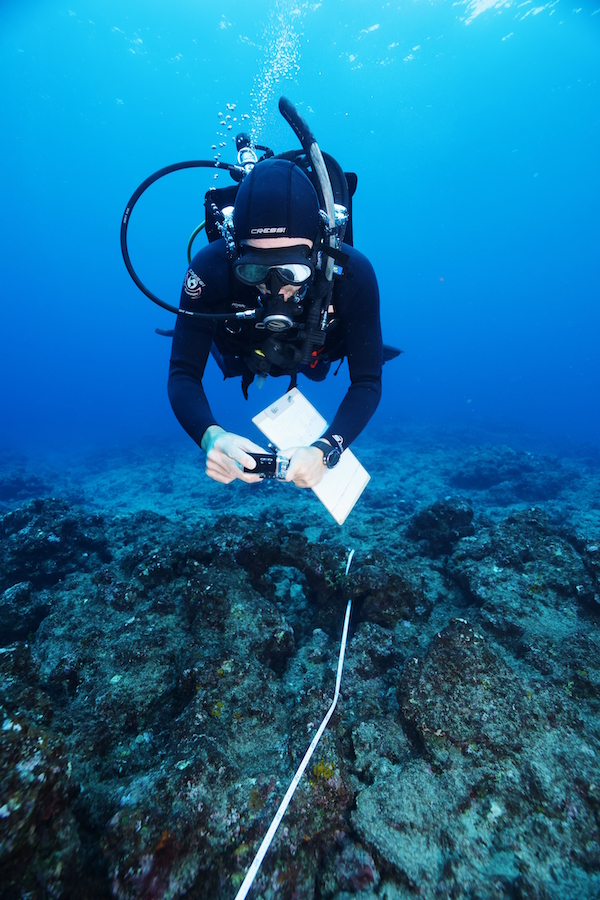
UNESCO (United Nations Educational, Scientific and Cultural Organization) World Heritage Sites are deemed to have cultural, historical, scientific or other forms of significance, and are protected by legislative, regulatory, institutional and/or traditional safeguards to ensure their survival.
Working with an experienced team comprising crew, divers, government staff, and scientists, Patrick aims to provide the data and information needed for the Tongan government and people to have their unique landscapes and ecosystems globally recognised.
From July 2023 until mid-2025, they will be exploring the eight volcanic islands aboard their 10.1-metre (33-foot) vessel SV Salote, supported by their Highfield Classic 310 which is their versatile tender for ship-to-shore transport, diving and data collection.
Located in the South Pacific Ocean, Tonga is an archipelago of two parallel chains of around 170 islands, of which only 36 are inhabited. Neighbouring countries include Fiji to the west, Cook Islands to the east and Samoa to the north.
Patrick, a Lecturer in Marine & Aquaculture Sciences at James Cook University, completed his PhD while being based in the Kingdom of Tonga, where he collaborated with the Tongan Government on understanding the benefits of local and community-based marine conservation programs.
For this current mission, researchers from James Cook University are collaborating with the Tongan Ministry of Fisheries, the Vava’u Environmental Protection Agency, and the NASA Goddard Spaceflight centre (Dr Jim Garvin), with additional project funding from a National Geographic Society Grant.
“Our aim is to assess the potential UNESCO World Heritage value of these islands by documenting their geological, ecological, and cultural significance to humanity,” Patrick explains.
“The Kingdom of Tonga exists along the precipice of two vast tectonic plates, and along its western edge lies a chain of volcanic islands 500 miles long,” he continues.
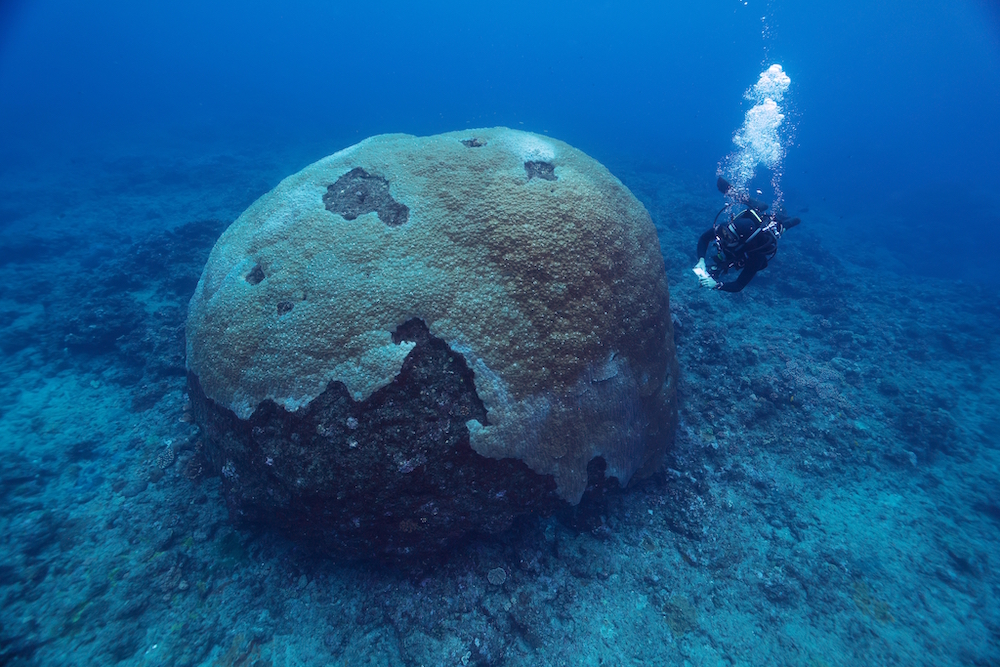
“These islands are extremely geologically active. This dynamic geology has also resulted in exceptional biological processes – both on land and in the sea, which are continuously adapting to these massive acute disturbances.
“We strongly believe that this island chain holds universal significance and is worthy of UNESCO World Heritage listing. It represents outstanding examples of major stages in Earth’s history, significant ongoing ecological processes which are of exceptional natural beauty and cultural importance and contain fragile ecosystems in need of immediate conservation.
“In this project we aim to support the UN Decade of the Ocean (2021-2030) by conducting an expedition to these unique islands that lays the groundwork for a UNESCO World Heritage Application by the Tongan government.”
Aboard their research vessel, SV Salote, the team is focused on documenting the geological, ecological and cultural significance of the Tongan islands.
On 15 January 2022, their research was punctuated by the eruption of the underwater volcano Hunga Tonga-Hunga Ha’apai, which sent atmospheric shock waves around the world multiple times, shot ash 58km into space – higher than any other volcanic eruption on record – and triggered a tsunami that reached heights of more than 19-metres above sea level.
Scientists say the eruption produced the fastest underwater flows ever recorded. Huge volumes of rock, ash and mud rushed across the ocean floor at speeds of up to 122km/h in what’s referred to as “density currents”, which snapped long sections of telecommunications cabling and smothered and killed all sea life in their path.
The underwater explosion also sent a record amount of water, enough to fill nearly 60,000 Olympic-size swimming pools, into the stratosphere. The large amounts of water vapour led to higher relative humidity and radiative cooling, which created the conditions for increased chemical processes involved in ozone depletion. Scientists observed a 5 percent depletion of the Earth’s ozone layer in the region.
“Now a big part of what we also need to understand is the damage of the eruption – the largest on earth in a century – to the country’s reefs and marine life,” Patrick adds.
Determining a site’s UNESCO World Heritage status is based on 10 criteria. “We think there is a solid argument for four of these: vi, vii, viii, and ix, based on their geological, ecological, and cultural significance,” he asserts.
“First, we need to demonstrate the value of the islands. The geological value has been completed largely thanks to the eruption last year. Hundreds of papers have been published since then that are related to this event. We still need to complete work on the ecology of these islands, both in the water and on land.”
Developing a case for UNESCO World Heritage listing is a complex process that can take many years, according to Patrick.
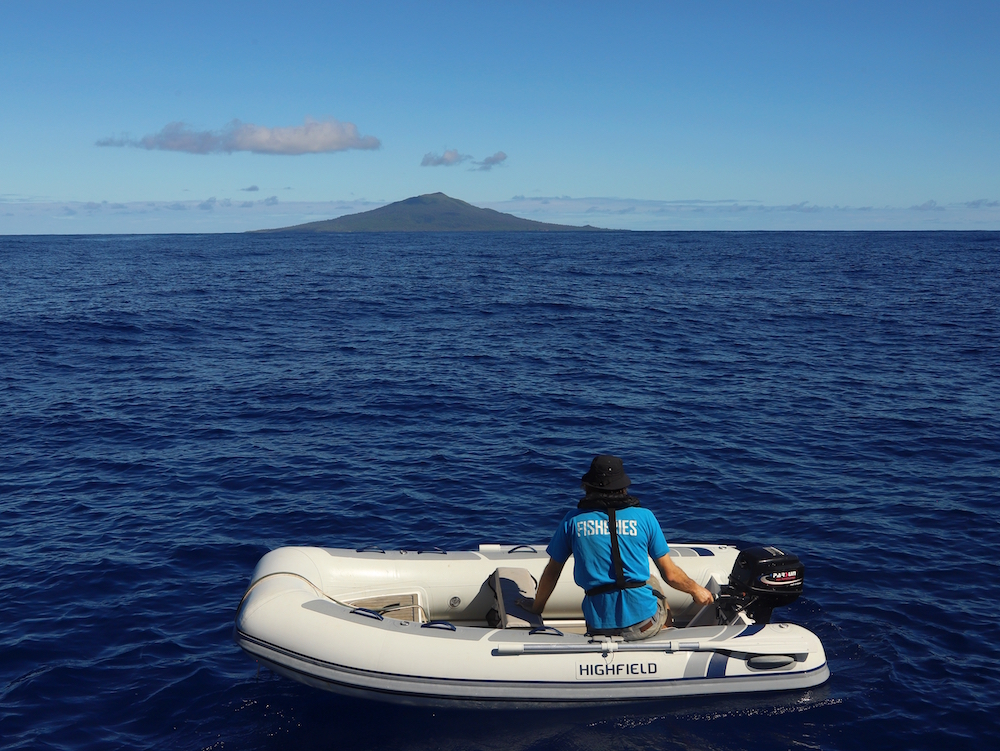
“Surtsey, off the coast of Iceland was formed by volcanic eruptions between 1963 and 1967 and only received World Heritage status in 2008. But Surtsey was fortunate in that it was offered national protection from its ‘birth’ because of its value as a pristine natural laboratory, with its colonisation of new land by plant and animal life.
“The Tongan volcanic arc has not received such recognition and it is only through its extreme remoteness that this landscape has not yet been overly impacted by human disturbances, although this is quickly changing due to increasing development and industrialisation.”
Crucial to their daily activities is the ship’s Highfield RIB. “We couldn’t get anywhere without it – no diving, no data, no reporting,” states Patrick.
“It’s our local transport – to and from islands, to and from dive sites, everything and anything to do with the project goes through this tender, so, it’s important we have one that is robust to everyday use, with enough space to store fuel, safety equipment, up to three people and of course all of our dive gear!
“I personally love the fuel/anchor locker, as well as the floating floor that keeps us dry. The Hypalon is also a huge gamechanger in the tropics, where the sun destroys glue faster than you can fix it.”
Follow their project via @tongavolcanoproject and @sv_salote on Instagram.





